In the wake of a large sterilization facility closure and growing concerns over the toxicity of ethylene oxide emissions, the US Food and Drug Administration (FDA) launched two innovation challenges to encourage manufacturers to transform the state of medical device sterilization. Now, twelve applications out of 46 have been chosen to advance to the next step.
About half of all medical devices in the US are sterilized with ethylene oxide, an alkylating agent that effectively kills microorganisms on plastics, metals, prepackaged devices and electronic components. Sterilization is a critical step in manufacturing that ensures the safety of medical devices to the patients and healthcare providers who use them.
That’s why the closure of multiple major sterilization facilities caused widespread panic in the industry. For many devices, ethylene oxide gas is the only effective means of sterilization. The closure meant potential disruptions to the supply chain and even a shortage of certain devices.
Lack of alternatives to ethylene oxide-based sterilization spurred the first innovation challenge: to identify new sterilization methods and technologies. Among the four companies chosen to compete in the challenge is NovaSterilis, who hopes supercritical carbon dioxide sterilization will be up to the task. This strategy is reportedly effective at sterilizing biomaterials used in implants without altering the structure or properties of the material. Another alternative is vaporized hydrogen peroxide sterilization, which is less toxic and less time-consuming than ethylene oxide sterilization. However, not all devices are compatible with this form of sterilization and chambers are typically smaller, meaning fewer devices can be sterilized at any one time.
While it’s unlikely that any one of these techniques will replace ethylene oxide sterilization entirely, another goal of the FDA is to reduce the use of ethylene oxide altogether. This is because ethylene oxide is a highly toxic gas that has been linked to a heightened risk of certain cancers among sterilization facility workers. The Environmental Protection Agency (EPA) has been particularly vocal about restricting the level of acceptable ethylene oxide emissions from manufacturing plants or sterilization facilities, much to the dismay of trade groups.
These concerns led to the FDA’s second innovation challenge of identifying methods or strategies to reduce ethylene oxide emissions. Five of the eight applications accepted in this challenge propose enhancing ethylene oxide cycle design and processes, which might entail using lower concentrations of the gas, reducing cycle times and developing a process to convert excess emissions into harmless byproducts.
Companies whose applications were accepted are now tasked to work with the FDA to illustrate the risks and benefits of their product or technology and begin discussing a regulatory pathway to pursue.
In addition to the announcement of the innovation challenge winners, the FDA launched a pilot program to encourage sterilization facilities and device manufacturers to switch to non-ethylene oxide-based sterilization processes. Through this program, a device manufacturer could submit a Master File describing the sterilization technique used for multiple devices instead of submitting multiple documents for premarket approval. Ultimately, the FDA hopes this incentive will motivate companies to implement alternative sterilization methods before a shutdown occurs.
The FDA’s timely response to the sterilization crisis has helped ease the minds of both groups on either side of the ethylene oxide debate, which, at this point, appears to have no resolution.


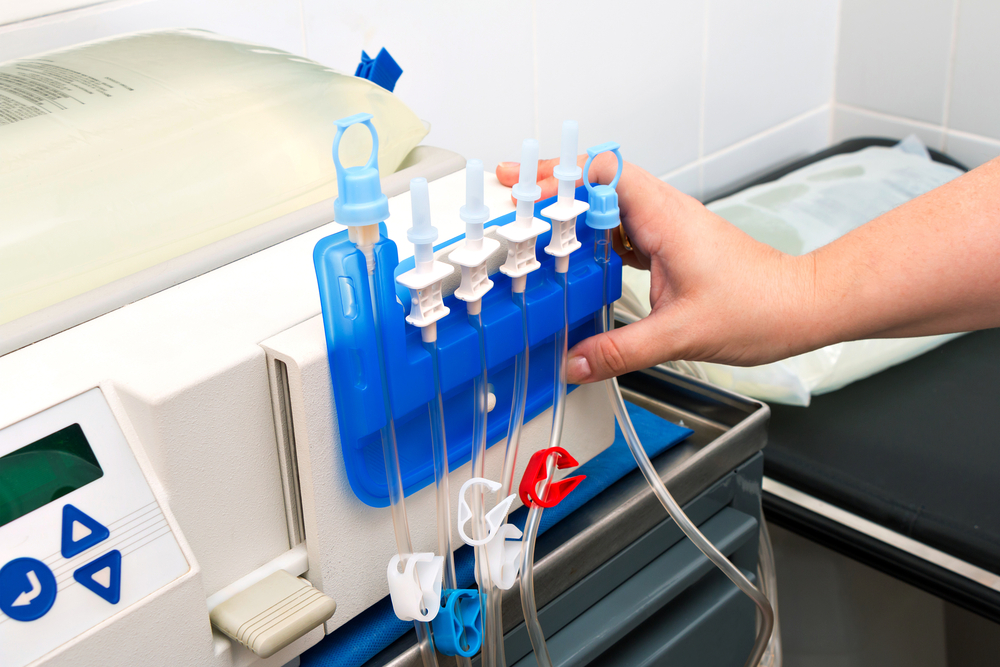
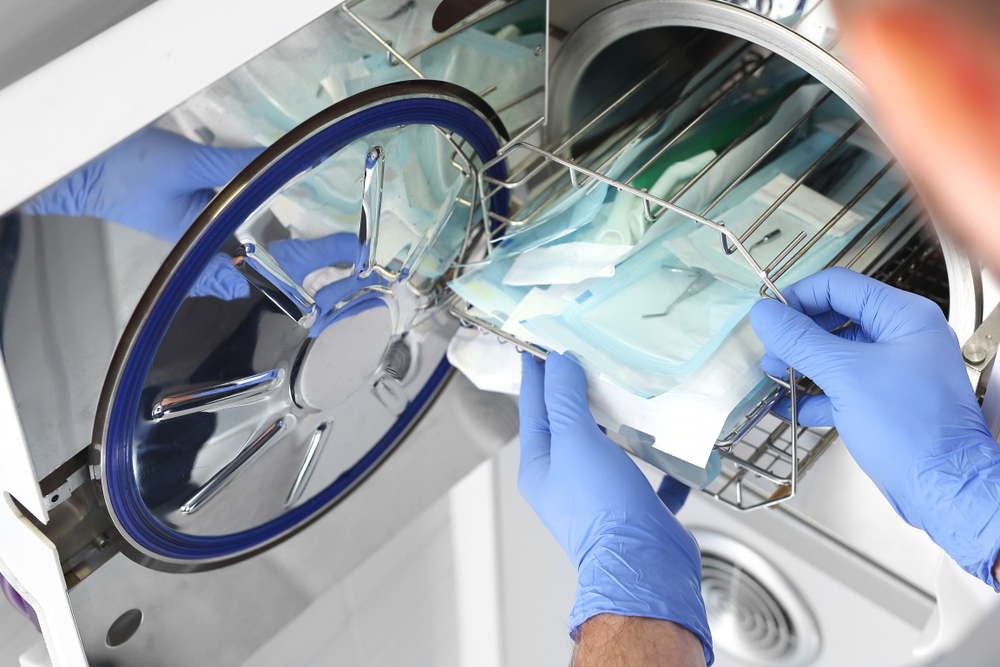
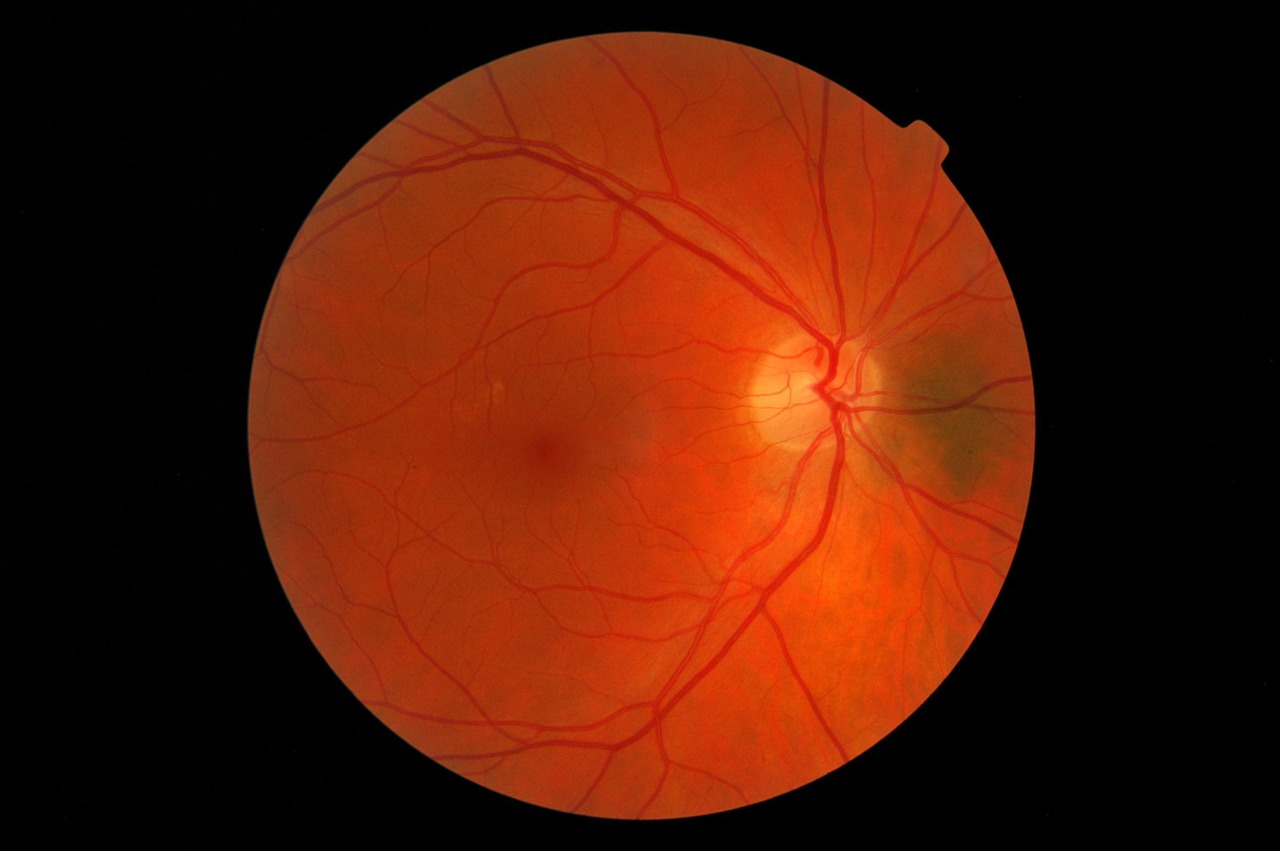
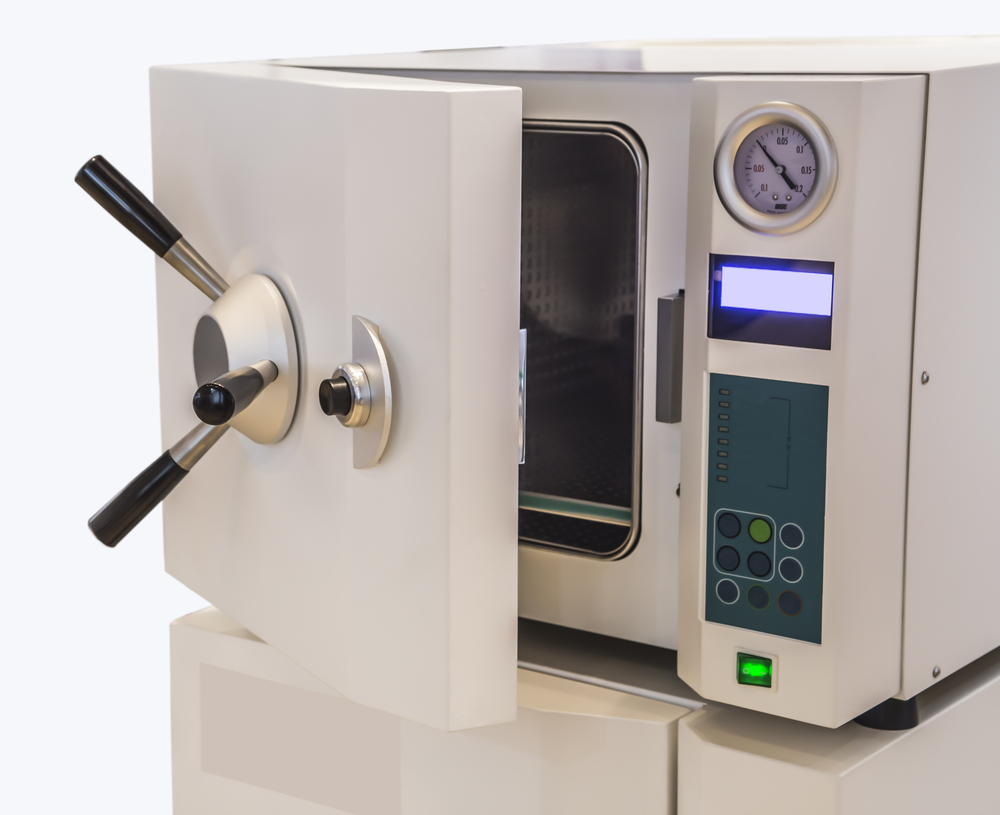
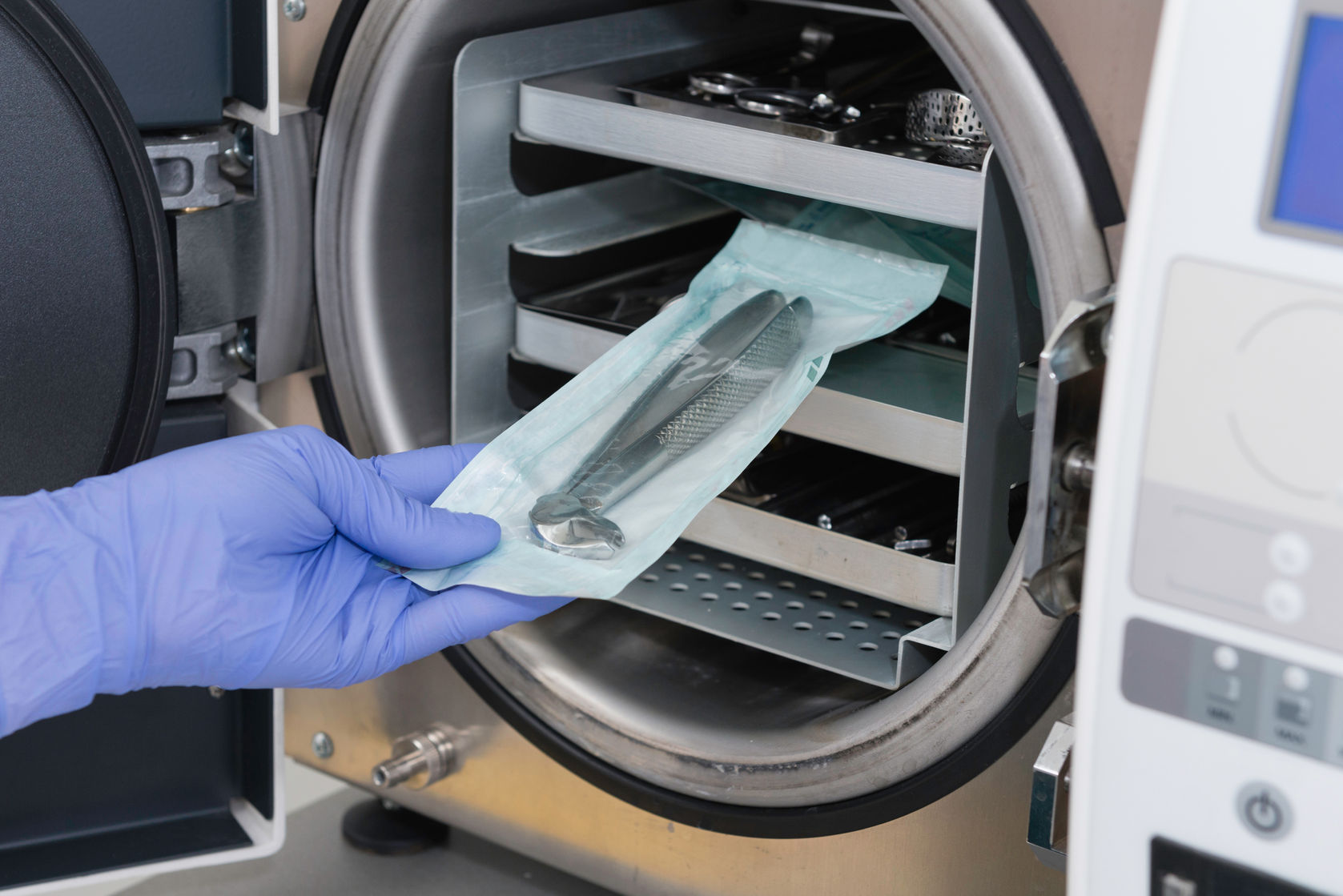





Join or login to leave a comment
JOIN LOGIN